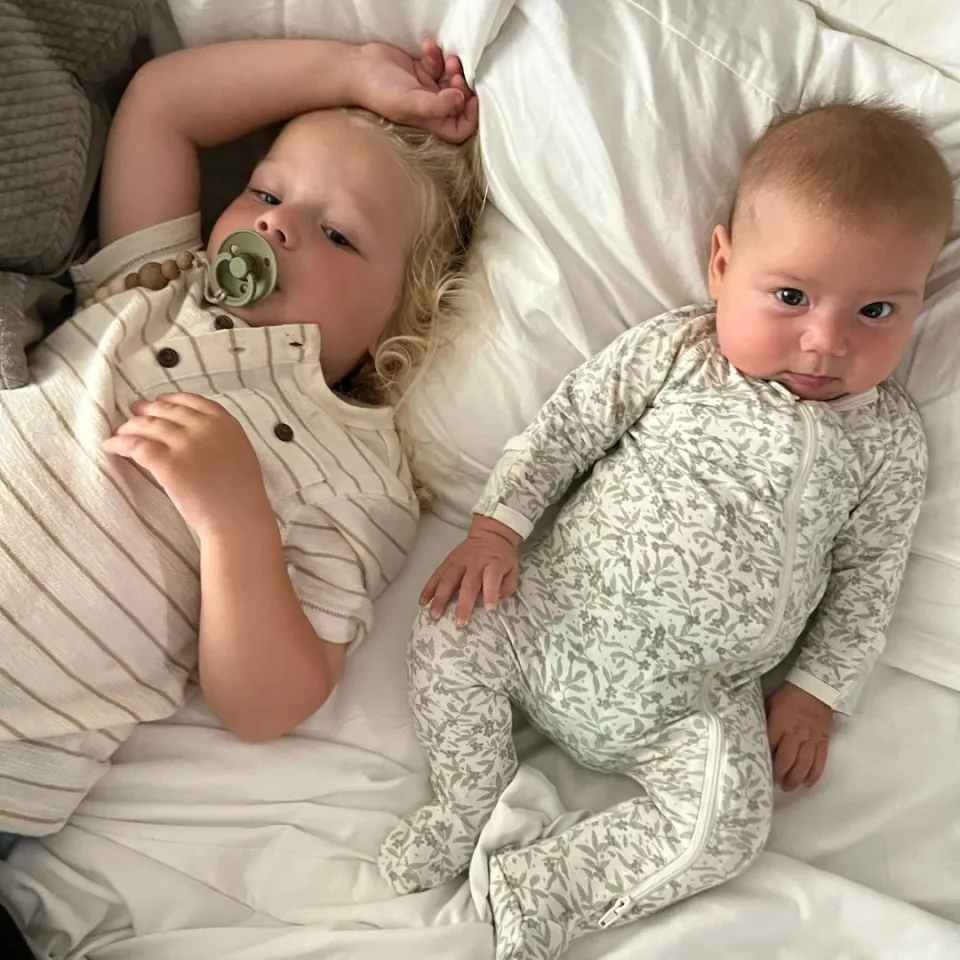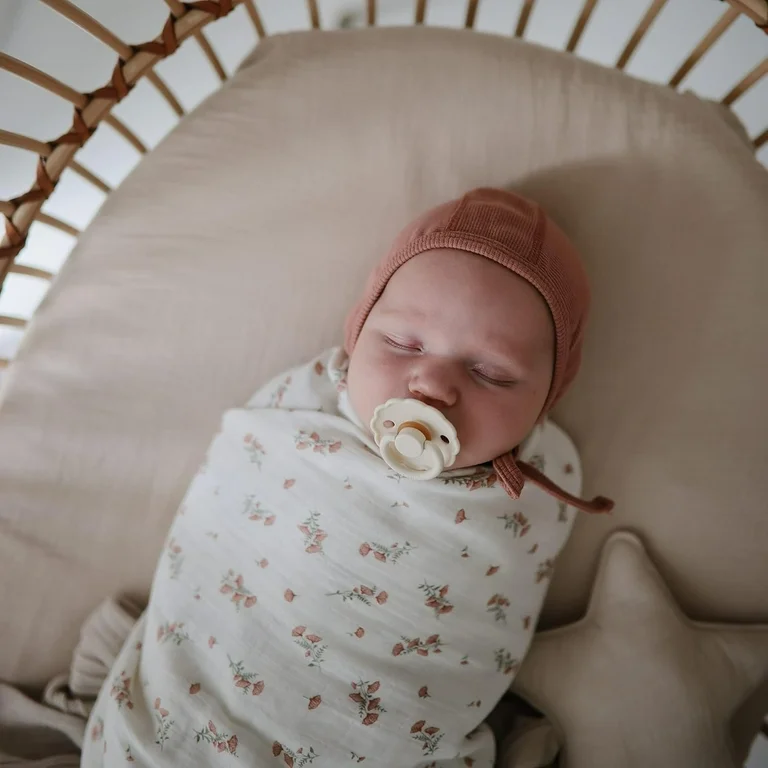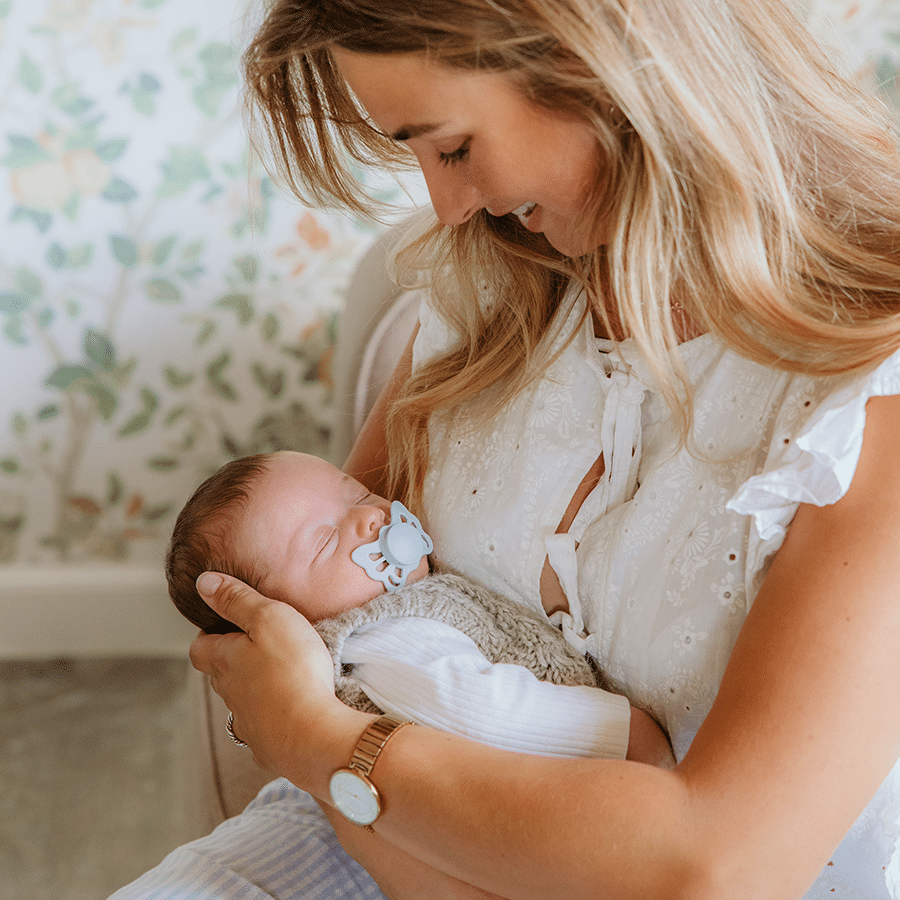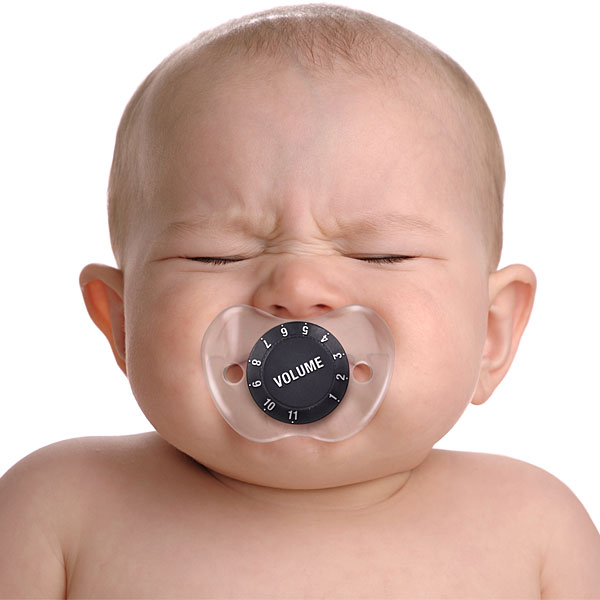The Right Age to Start Weaning Off Pacifiers
How to get rid of pacifier? Deciding when to start weaning your child off a pacifier can be puzzling. No one-size-fits-all age exists, but experts often suggest beginning the process between ages 2 and 3. This range aligns with developmental milestones that make children more receptive to change. However, every child is unique. Some kids may show readiness earlier, while others might cling to their pacifiers a bit longer.

Observing your child’s behavior is key. If they start using the pacifier less frequently or show more interest in other forms of comfort, it could suggest they are ready. Additionally, involving your child’s pediatrician can provide personalized advice tailored to your child’s needs. Starting the weaning process at the right time paves the way for a smoother transition, free from excessive stress for both you and your child. As you ponder how to get rid of the pacifier, remember that patience and timing play crucial roles in success.
Signs Your Child is Ready to Give Up the Pacifier
Knowing when your child is ready to part with their pacifier involves watching for certain signs. These signs often include a natural decrease in the need for the pacifier and a growing curiosity for the world that doesn’t involve its use. Here are some indicators that your child might be prepared to say goodbye to their pacifier:
They Show Less Interest
Children often start to lose interest in their pacifier as they become more engaged with their surroundings. If your child leaves their pacifier behind more often or forgets to ask for it, it could suggest dwindling reliance.
They Can Soothe Themselves
When kids learn to comfort themselves without a pacifier, it’s a good sign. They might hug a stuffed animal, or find a thumb to suck on instead.
Increased Social Interaction
If your child prefers talking over sucking on their pacifier, it’s a step towards readiness. Engaging more in play and conversation often reduces pacifier dependence.
They Understand Simple Trade-offs
Children ready to give up pacifiers may grasp the idea of trading them for something else. This shows advanced cognitive development and a willingness to negotiate comfort objects.
Recognizing these signs will guide you in determining how to get rid of the pacifier effectively. Tailoring your approach based on these cues can make the weaning process less daunting. Remember to affirm your child’s growth and encourage their independence as they make this significant step.

Preparing Your Child for the Transition
Preparing your child for pacifier weaning is a gentle process. It requires planning and patience. Start by discussing the transition with your child. Use simple words they can understand. Explain that giving up the pacifier is part of growing up. Offer reassurance and support throughout the process.
Next, set a quit date. Choose a time that is free of other major changes. This could be a weekend or a time when you can offer extra comfort. Mark the date on a calendar and count down the days with your child. This builds anticipation and prepares them mentally.
Also, introduce a comfort object if your child doesn’t have one already. A favorite blanket or toy can provide a sense of security during the transition. Make this new comfort object part of your child’s routine before removing the pacifier.
Role-playing can help too. Use dolls or stuffed animals to act out giving up the pacifier. This creates a visual representation for your child of what to expect.
Remember, consistency is key. Once you start the transition, try to stick to the plan. Dips and changes can confuse your child and delay progress. Stay calm and positive. Your attitude influences how your child perceives the change. With the right preparation, your child can move away from the pacifier with confidence.
Gradual Weaning Strategies
Introducing gradual weaning strategies can ease the transition away from the pacifier. Here are practical steps to follow:
Reduce the Pacifier’s Visibility
Begin by limiting the areas where your child can use the pacifier. For example, restrict it to the bedroom or during naptime only. By reducing its presence, you encourage your child to find other sources of comfort.
Offer the Pacifier Only When Asked
Wait for your child to request the pacifier instead of offering it automatically. This step lets children assert more control over their pacifier use and sets the stage for them to self-ween.
Implement Time Limits
Set clear time frames for how long your child can use the pacifier each day. Gradually decrease these limits. Use a timer to help children understand when their time with the pacifier is up.

Substitute with Activities
Distract your child with engaging activities during times they would usually use the pacifier. Puzzles, coloring, or outdoor play can shift their focus away from the need for a pacifier.
Praise for Going Without
Celebrate every small victory when your child goes without the pacifier for a certain period. Positive reinforcement strengthens their willingness to give it up completely.
Remember, patience is vital during this process. Each child responds differently to weaning strategies. Find what resonates with yours and adjust as needed for how to get rid of the pacifier effectively.
Alternative Comfort Strategies
When considering how to get rid of the pacifier, finding alternative comfort strategies is crucial. These alternatives can ease the process for your child and address their need for comfort. Here are several methods to explore:
Introduce a Security Object
Choose a soft, comforting item such as a blanket or a stuffed animal. Make this the new source of comfort for your child, especially during sleep times or when they usually seek their pacifier.
Engage in Soothing Activities
Activities like reading a story, listening to calm music, or taking a warm bath can provide comfort. This helps to distract your child from the pacifier.
Encourage Self-Soothing Skills
Teach your child to calm themselves through deep breaths, cuddling their security object, or gentle back rubs. Self-soothing skills are a positive, long-term replacement for pacifier dependency.
Offer Extra Cuddles and Attention
Your presence can be the most comforting. Give your child plenty of hugs and your undivided attention to help them feel secure without a pacifier.
Positive Reinforcement
Praise your child when they seek comfort through these new strategies. Celebrate the small victories as they adjust to life without a pacifier.
Every child’s path to giving up the pacifier is unique. These alternative comfort strategies provide a solid foundation for making the transition smoother and less stressful for both you and your child. As they begin to find new ways to soothe themselves, remember to be patient and supportive throughout the journey.
Coping with Challenges During Weaning
As you tackle how to get rid of the pacifier, you’ll face hiccups along the way. Be prepared for the challenges, and you’ll manage them better. Here are tips to help you cope:
Accept the Emotional Process
Understand that weaning is as emotional as it is practical. Your child may resist or become upset. It’s a big change for them. Keep your responses gentle and soothing. Offer extra love and patience during this time.
Stay Firm with Boundaries
Once you’ve set limits, maintain them. Don’t give in, even when it’s tough. If your child sees you’re consistent, they’ll adapt faster to the new rules.
Deal with Setbacks Calmly
Some days might be harder than others. If your child regresses and demands the pacifier, stay calm. Reinforce the weaning plan with kind, yet firm reminders of the end goal.
Seek Support When Needed
It’s okay to ask for advice. Talk to other parents who’ve been through it, or consult your child’s pediatrician. They can offer valuable insights on how to get rid of the pacifier.
Keep the Big Picture in Mind
Focus on why you’re weaning your child off the pacifier. Remind yourself of the dental and speech benefits. Keeping the positives in view can motivate you to push through the tough moments.
Remember, each child and situation is different. Trust your instincts, and adjust your approach as needed. With time and patience, your child will let go of their pacifier and move on to new comforts and discoveries.
Celebrating Milestones and Successes
When you learn how to get rid of pacifier dependence, celebrating each step forward is essential. Recognition of your child’s achievements can boost their morale and motivation. Here’s how to make each milestone a success:
Acknowledge Daily Progress
Celebrate daily victories, like your child going longer periods without the pacifier or choosing their security object over it. Simple praises or a sticker chart can mark these achievements.
Create a Milestone Chart
Use a chart to track progress on a weekly or monthly basis. This visual affirms your child is growing up and the pacifier is becoming a thing of the past. Seeing filled rows or stickers adds to their sense of accomplishment.
Offer a Special Reward
Plan for a significant reward when your child reaches the end of the weaning process. It can be an outing to their favorite park or a new toy. Make sure it’s something that resonates with their interests.
Inform family and friends about your child’s progress. They can offer encouragement and praise, which reinforces your child’s effort to let go of the pacifier.
Reflect on the Journey Together
Take time with your child to look back on the weaning journey. Discuss how they felt at the beginning and how they feel now. This reflection can provide a sense of pride and closure.
Remember, each child’s journey in giving up the pacifier is unique. Ensure your encouragement is consistent and suited to your child’s pace. As they hit each milestone, they not only learn how to get rid of the pacifier but also develop confidence and independence. Keep the celebrations positive and focused on their growth, and soon enough, the pacifier will be a distant memory.
Expert Tips for a Smooth Transition
When guiding your child away from pacifier use, expert tips can be incredibly helpful. Here are a few suggested by child development specialists:
Stay Positive and Reassuring
Keep a cheerful demeanor. Children often mimic parental emotions. If you stay positive, they’re more likely to feel secure during the transition.
Be Consistent
Consistency in your approach reassures your child. Stick to the routine you’ve set for weaning them off the pacifier.
Communicate Clearly
Use clear, simple language when talking to your child about the weaning process. This can help them understand and cooperate.
Gradual Reduction
Reduce pacifier use slowly. A sudden stop might be too stressful for your child.
Reward Systems
Set up a reward system. Small treats or stickers can motivate your child to pass each day without a pacifier.
Involve Siblings
If your child has older siblings, involve them. They can be supportive role models in your child’s transition.
Stay Patient
Remember that patience is key. The process takes time and each child is different. Celebrate the small steps.
Normalize the Process
Talk to your child about other kids who have already given up pacifiers. Knowing peers have done the same can be comforting.
By incorporating these tips on how to get rid of pacifier use, you can ensure that you are providing a nurturing and supportive environment for your child during this transition. Each tip is designed to help reduce stress for both you and your child and to make the transition as smooth as possible.



